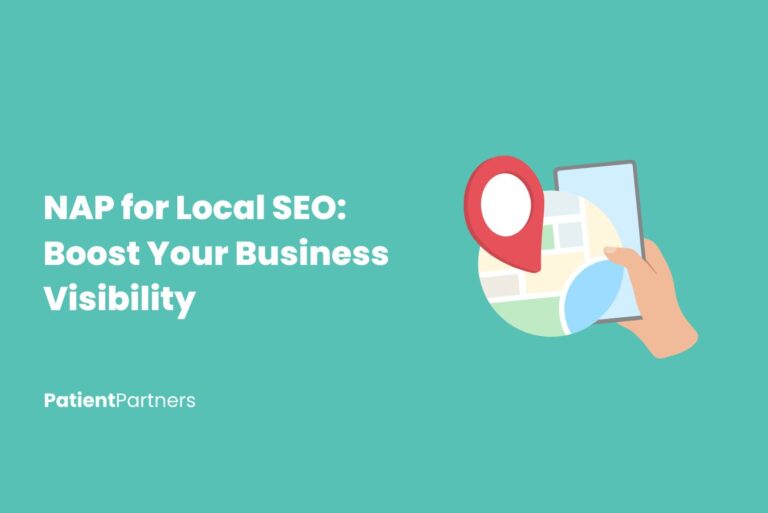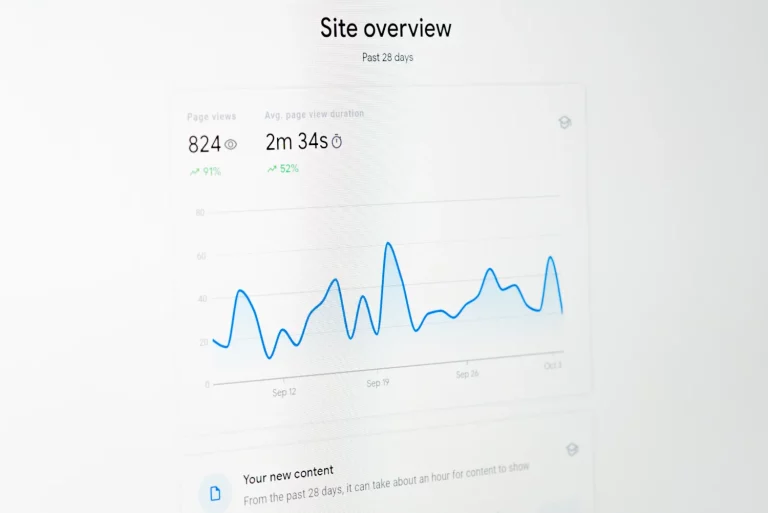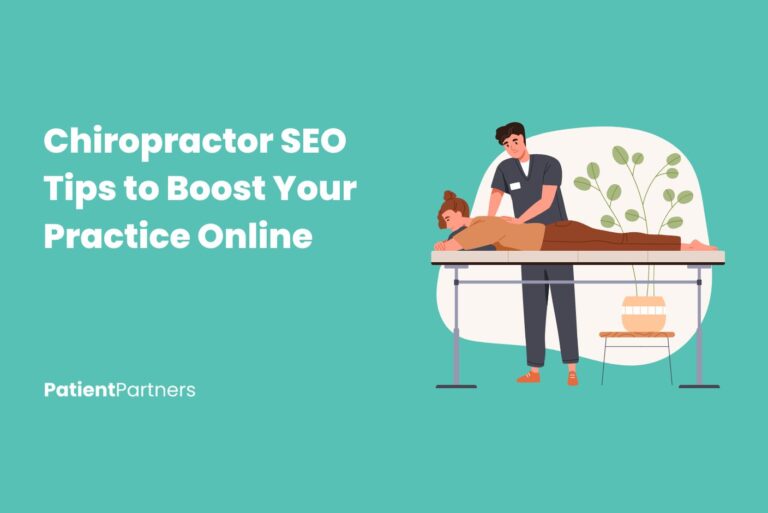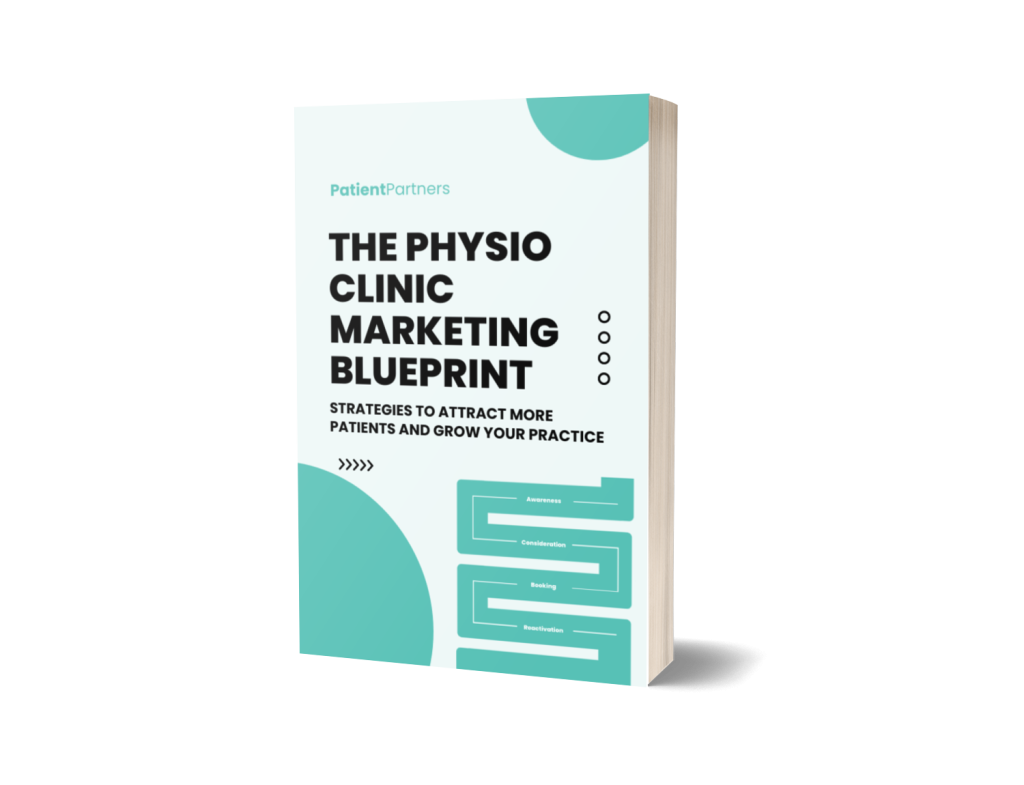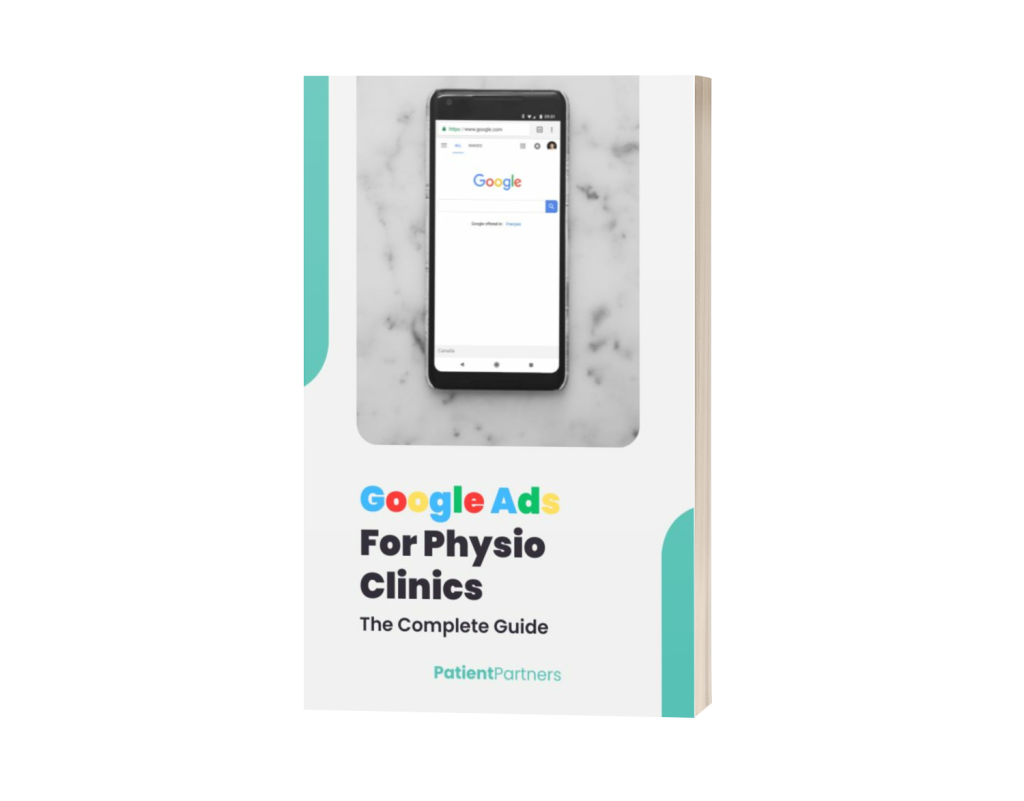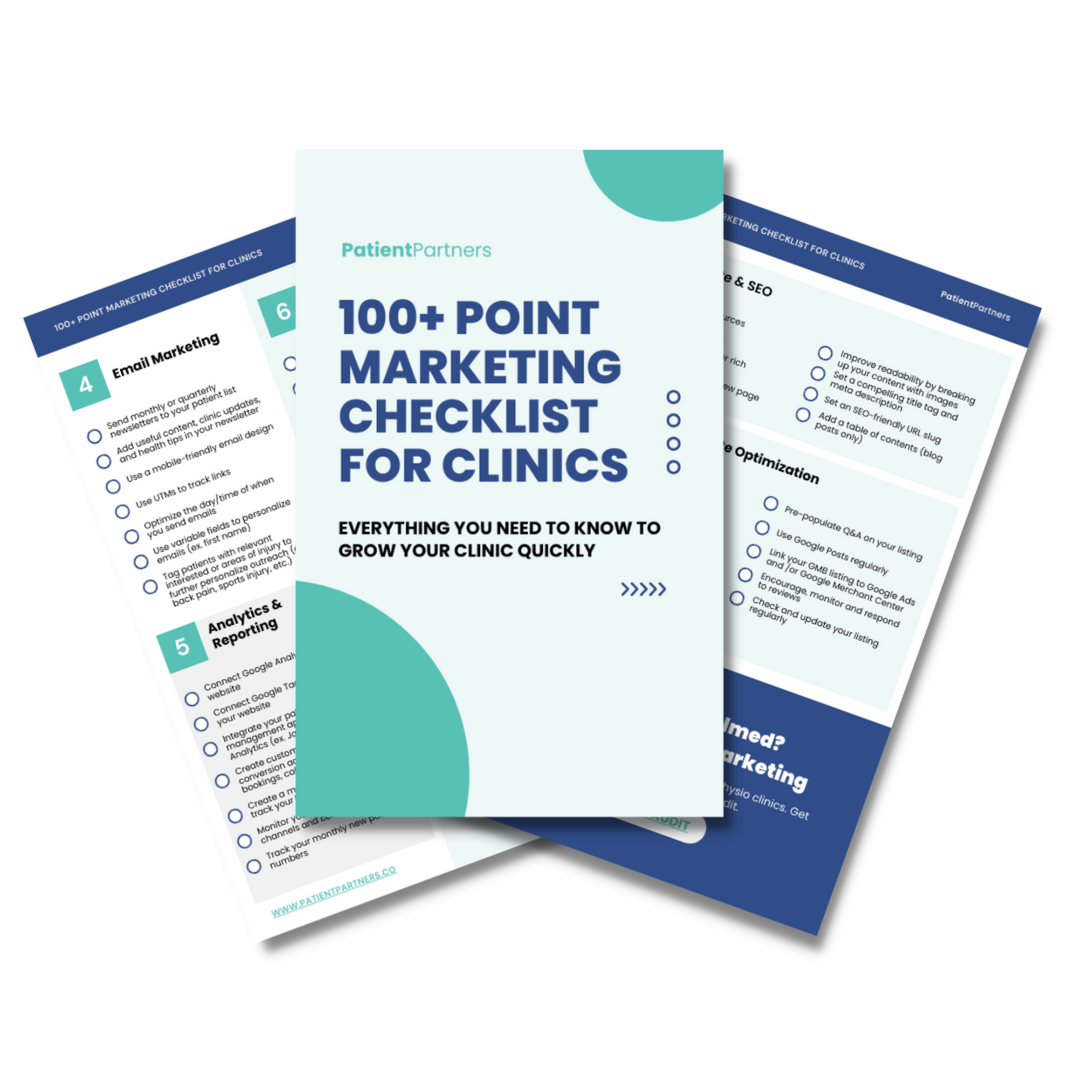Are you a physiotherapy clinic owner or director looking for new ways to grow your business? You probably already know that digital marketing is an essential part of any growth strategy, but it’s often overwhelming and confusing to figure out where to start and what tactics are best for your specific goals.
Don’t worry – we’ve got you covered!
In this blog post, I’m here to show you 8 simple steps that will help you effectively incorporate digital marketing into your growth plans.
From setting measurable objectives and choosing the right channels through optimizing campaigns and measuring results, this comprehensive guide will provide all the information necessary as well as time-tested strategies used by successful clinics around the world.
So let’s dive in!
1. Start with Goals
Before launching any digital marketing campaign, you must first set measurable objectives that are aligned with your clinic’s overall goals of growth and development. Analyze what success looks like for your organization and create a plan accordingly.
2. Identify Your Target Audience – Who are you trying to reach with your digital marketing campaigns and what do they need from your clinic
The first step to any successful campaign is identifying your target audience.
You need to know who you are trying to reach and what their needs are in order to create meaningful and impactful messaging. Consider demographics like age, gender, and location, but also delve deeper into psychographics such as interests, behaviors, and values.
Understanding your audience’s pain points and desires will allow you to craft content and marketing strategies that resonate with them and ultimately drive conversions for your clinic.
Don’t underestimate the power of knowing your audience – it’s the foundation of a successful digital marketing strategy.

3. Select the Right Channels
With so many digital marketing channels available, it’s important to choose the ones that best suit your goals and target audience.
Research the different platforms to find out which ones work best with the demographic you are aiming for (Facebook? Twitter? Instagram?) and create specialized strategies accordingly.
Some examples of different digital marketing channels include:
- Website
- Local SEO
- Blogging
- Social media
- SEM (Google/Bing Ads)
- Email marketing
4. Develop a Content Strategy – How will you create content that resonates with your target audience and compels them to take action
Developing a content strategy can be the secret weapon that helps you connect with your target audience and turn them into loyal customers. But where do you start? Start by understanding your audience’s needs, challenges, and aspirations.
What kind of content can you create that will address those concerns and offer value? Once you’ve figured that out, it’s time to think about the tone and voice of your content.
Are you speaking to them as an authority figure, a friend, or a mentor? By resonating with your target audience and delivering content that compels them to take action, you’ll be able to build a strong brand that they can trust and rely on.
So, let’s get started on crafting that content strategy that will help you stand out from the crowd and drive results.
5. Utilize Social Media Platforms – Which social media platforms should you be leveraging for maximum visibility and engagement
As a marketing expert, I believe that utilizing various social media platforms is a must for any business looking to maximize their online visibility and engagement.
With numerous platforms out there, it can be overwhelming to know which ones to focus on. However, by understanding your target audience and their habits, you can hone in on the best options.
For example, if you’re targeting a younger demographic, utilizing Instagram or TikTok may be your best bet. But if you’re targeting a professional audience, LinkedIn might be the most effective choice. It’s important to remember that each platform has its own unique strengths and weaknesses, so don’t be afraid to experiment and see what resonates best with your audience.
As a thought leader, I encourage you to stay up-to-date on the latest platform updates and trends, so you can continue to adapt your social media strategy for maximum impact.
6. Leverage SEO Techniques – How can you optimize your website to show up higher in search engine rankings
As a marketing expert, I’ve seen firsthand the power of SEO techniques when it comes to boosting search engine rankings.
But let’s be real – optimizing a website for search engines can be a daunting task. (That’s why so many clinics trust PatientPartners to handle their local SEO…)
Where do you even begin? Well, it all starts with understanding your target audience and the keywords they are searching for.
From there, you can create quality content and ensure proper use of meta tags, alt text, and header tags. And don’t forget the importance of link building and mobile optimization. It may seem overwhelming, but with time and effort, your website can rise to the top of search engine results pages and attract the right audience.
7. Execute Ad Campaigns – What types of ads should you run on Facebook, Google, etc. that will effectively reach your target audience
As a marketing expert, I often see businesses struggle with executing effective ad campaigns on platforms like Facebook and Google.
The key to success lies in understanding your target audience and tailoring your ads to their interests and needs.
For Facebook, consider using video ads or carousel ads to showcase different products or services. For Google, focus on targeting specific keywords relevant to your business and using ad extensions to provide more information about your offerings.
Don’t forget about retargeting ads, which can help keep your brand top-of-mind for those who have previously visited your website. By taking a thoughtful and targeted approach to your ad campaigns, you can effectively reach your audience and drive results for your business.

8. Analyze Your Results – What metrics should you be tracking to measure the success of your digital marketing efforts
As a marketing expert, I have seen businesses make the mistake of investing in digital marketing efforts without properly tracking their progress. It’s important to keep in mind that not all metrics are created equal – you want to be tracking the ones that truly reflect the success of your digital marketing efforts.
For instance, measuring site traffic and engagement rate are brilliant metrics to track. Not only does site traffic provide an insight into how many people are visiting your site, engagement rate shows how well your content resonates with your visitors.
Conversion rates is another key metric to track, as it accurately demonstrates how many visitors take a desired action, like clicking a “buy” button. By measuring these metrics, you can gauge the success of your digital marketing efforts and make informed business decisions.
Grow Your Practice with Digital Marketing
Leveraging digital marketing to grow your physiotherapy clinic is a must in today’s competitive marketplace.
To succeed, you’ll need to identify and understand your target audience, create content that resonates with them, utilize multiple social media platforms to reach and engage them, apply SEO best practices, execute strategic ad campaigns, and diligently analyze the results of your campaigning. It takes knowledge, skill, dedication and perseverance to get it right.
But it can be done! All you need is the willingness and commitment to make it happen — then watch as the number of clients coming through your doors starts to grow exponentially.
Want help from the physiotherapy marketing pros? PatientPartners specializes in growing physiotherapy clinics with digital marketing. Get in touch with us to learn more.


